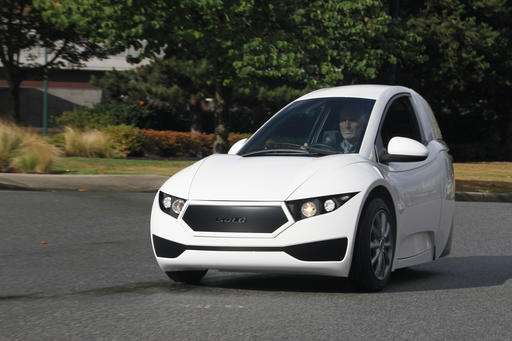
The three-wheeled electric vehicle seen above is set to hit the U.S. and Canadian roads later this year.
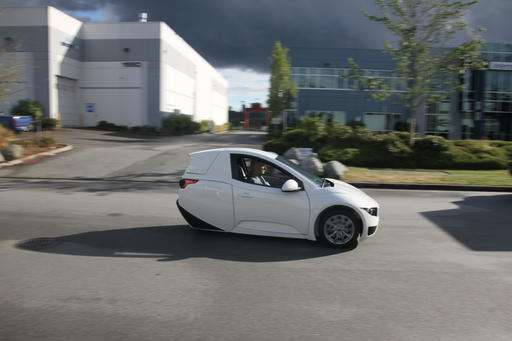
Referred to as “Solo” by its maker, Electra Meccanica Vehicles Corp. (EMV), the one-seat vehicle is classified as a “car” in Canada, and as an autocycle in 41 U.S. states. This means drivers need not wear a helmet nor do they have to own a motorcycle license, but the vehicle does come with safety features like air bags.
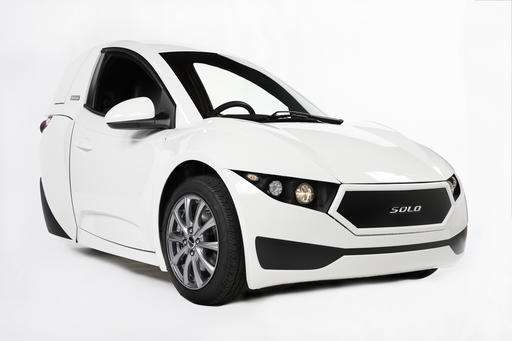
Pending approval by U.S. and Canadian regulators, the Solo is scheduled to go on sale in November 2016. When it does, it will retail for $15,500.
EMV sees the Solo as an ideal solution for low-speed commutes — it can go from zero to 60 in eight seconds, which is approximately equivalent to a Toyota Camry, and can travel 100 miles on a single charge.
Some of the more modern features that are included with the Solo include a back-up camera, digital instrument display, Bluetooth connectivity, power windows, and keyless entry. Those interested in air conditioning will need to pay extra.
In terms of safety, there are chrome-alloy tubes built into the sides of the vehicle for crash protection, aluminum crush zones in the front and rear, and the vehicle’s body is made using the same strong / lightweight aluminum composite as that which is used on the floors of Boeing 787 airplanes.
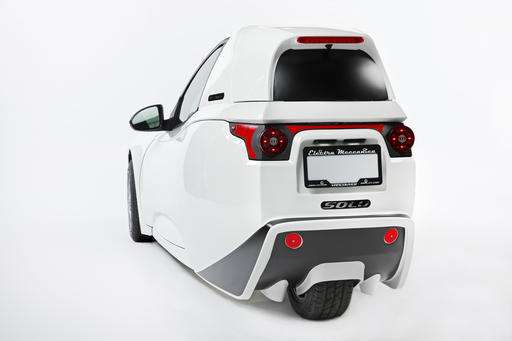
The Solo is equipped with two front wheels and one rear wheel; altogether, it measures 10 feet long, which is just over a foot longer than a Smart car. The plug to charge the vehicle is hidden under its license plate.
Some of the other noteworthy details about this new electric vehicle: it features a 16.1-kWh lithium-ion battery that takes three hours to charge using 220 V; six hours to charge using 110 V. The max output of the Solo’s electric motor is 82 hp, and it can reach up to 80 MPH.
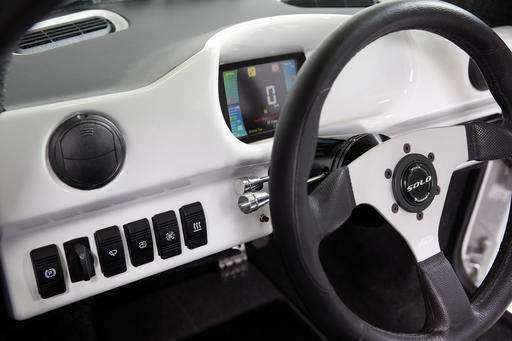
Presently, the U.S. and Canadian governments are certifying the vehicle, and are expected to let the company know if it qualifies for tax credits and / or incentives (carpool lane usage, etc.) in the coming weeks. Once that’s completed, EMV plans to open stores and begin deliveries. Close to three dozen dealership applications are already in the works.
Advertisement
Learn more about Electronic Products Magazine





